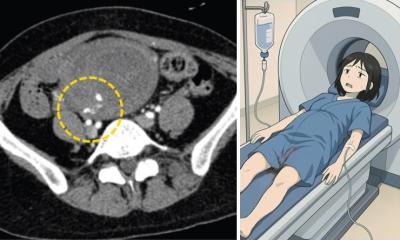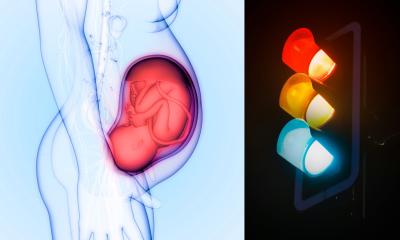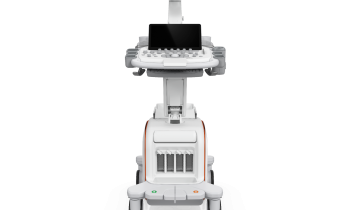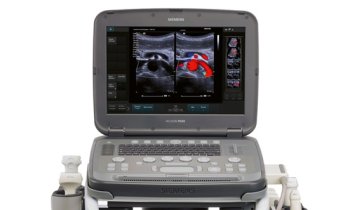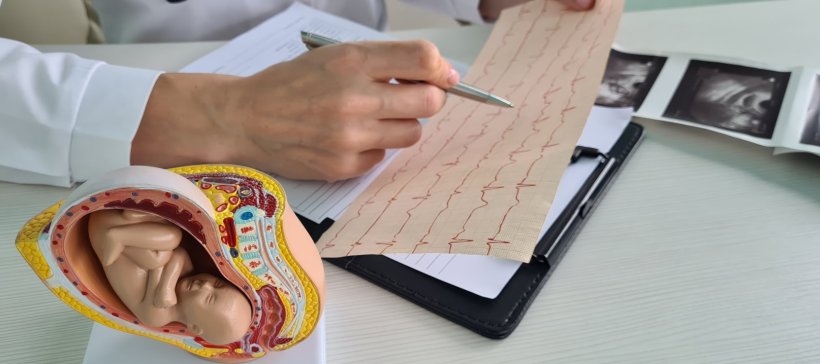
© Nadzeya – stock.adobe.com
News • Foetal cardiac function assessment
Ultrasound scan of baby's heart to increase childbirth safety
An echocardiography of the baby's little heart soon after the onset of labour can predict the outcome of the birth and in particular whether the baby will adequately tolerate the contractions or will be more likely to go into distress, necessitating a caesarean section or an operative delivery.
This is suggested by a study published in the BJOG, British Journal of Obstetrics & Gynecology and coordinated by Professor Tullio Ghi, Professor of Obstetrics and Gynecology at the Catholic University of Sacred Heart, campus of Rome campus – and Chairman of the Obstetrics Unit at the Fondazione Policlinico A. Gemelli IRCCS in Rome. The study was carried out with the collaboration of other experts, including Professor Andrea Dall'Asta from the University of Parma and Professor Basky Thilaganathan from St George's University in London.
It is possible to predict which infants [...] are at greater risk of developing hypoxic stress during labor and will therefore need a caesarean section or an instrumental vaginal birth to prevent possible complications
Tullio Ghi
Preventing intrapartum hypoxic injury during childbirth is crucial for the future health of the baby. Professor Ghi explains: “In this work, at the onset of labour we studied and measured the changes in the shape of the baby's heart with ultrasound scanning. We noticed that, based on certain parameters, it is possible to predict which infants have a heart strong enough to tolerate maternal contractions, and which ones instead are at greater risk of developing hypoxic stress during labor and will therefore need a caesarean section or an instrumental vaginal birth to prevent possible complications.” He continues: “The assessment of baby’s heart morphology seems to work as a triage test, allowing to pick up since the very beginning of labor the small group of babies who are unfit for vaginal delivery because they are more susceptible to intrapartum hypoxia.”
The study involved 208 pregnant women at the onset of labour. The majority of these women had a spontaneous uncomplicated birth while in 20 of these an operative delivery was necessary due to suspected foetal distress. In the latter group, the study of the fetal heart revealed different morphological parameters compared with the group that had an uncomplicated delivery.
The study suggests for the first time that identification of abnormalities of fetal cardiac function early in labor may impact the clinical management. In such circumstances the the decision to expedite birth through an operative delivery (e.g. caesarean section or use of vacuum extractor) with the aim of preventing intrapartum hypoxic injury might be considered.
Source: Universita Cattolica del Sacro Cuore
11.06.2025



